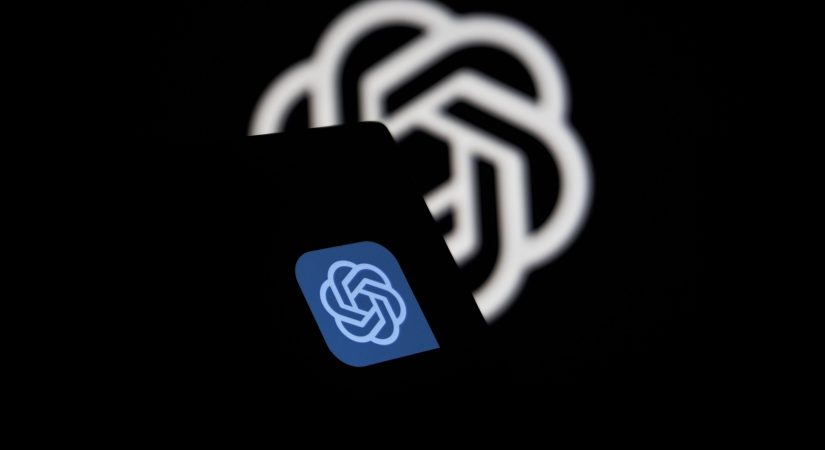OpenAI has recently introduced a new feature called “custom instructions” for ChatGPT users, providing them with a more personalized and efficient interaction with the chatbot. This option allows users to avoid repeatedly typing the same instruction prompts whenever they interact with the AI.
With custom instructions, users can now share specific details that they want ChatGPT to consider when generating responses. For instance, a teacher can specify that they are teaching fourth-grade math, or a developer can indicate their preferred programming language when seeking suggestions. Even personal preferences like family size can be provided, enabling ChatGPT to provide relevant responses related to meals, grocery shopping, and vacation planning.
While it’s already possible to specify such information during a chat with the bot, custom instructions prove especially useful when users need to set a consistent context repeatedly.
Moreover, the custom instructions feature works seamlessly with plug-ins, allowing users to receive tailored suggestions based on their location, such as restaurant or flight recommendations.
It’s important to note that the custom instructions feature is currently available to users subscribed to the Plus plan, except for those located in the EU and the U.K., as it remains in its beta phase.
To utilize this feature on the web, users can click on their name, proceed to Settings, then select Beta features and opt into Custom instructions. On iOS, the option can be accessed through Settings, then New Features, and finally, by turning on Custom Instructions.
OpenAI has made it clear that the information provided for customized responses will be utilized to train its API models, enabling them to adapt to different instructions and improve overall performance. However, users have the option to opt-out of this setting through their data control settings if desired.
Gavriel Cohen, a consultant, mentioned on Twitter that OpenAI has been testing this feature with some users for a while now. The process involves users specifying their chat preferences in two boxes, one about themselves and the other about how they want the chatbot to respond.
Once users input their custom instructions, the changes will take effect from the next session onwards. The maximum character limit for these responses is set at 1,500.
To ensure safety and adherence to company policies, OpenAI uses its moderation API to scan custom instructions and identify any unsafe content. If the responses triggered by such instructions violate policies, ChatGPT can refuse to save or ignore them, preventing harmful or hateful answers.
In the past, OpenAI launched the ChatGPT app exclusively for U.S.-based users on iOS. However, it has since expanded its availability to over 40 countries. Additionally, an iPad app with Siri and Shortcuts support was introduced, and users were given the ability to search the web for answers through Bing directly from the ChatGPT app.
Read also: INTRODUCING CHATGPT BUSINESS: OPENAI’S NEW SUBSCRIPTION TIER FOR ENTERPRISE CUSTOMERS
